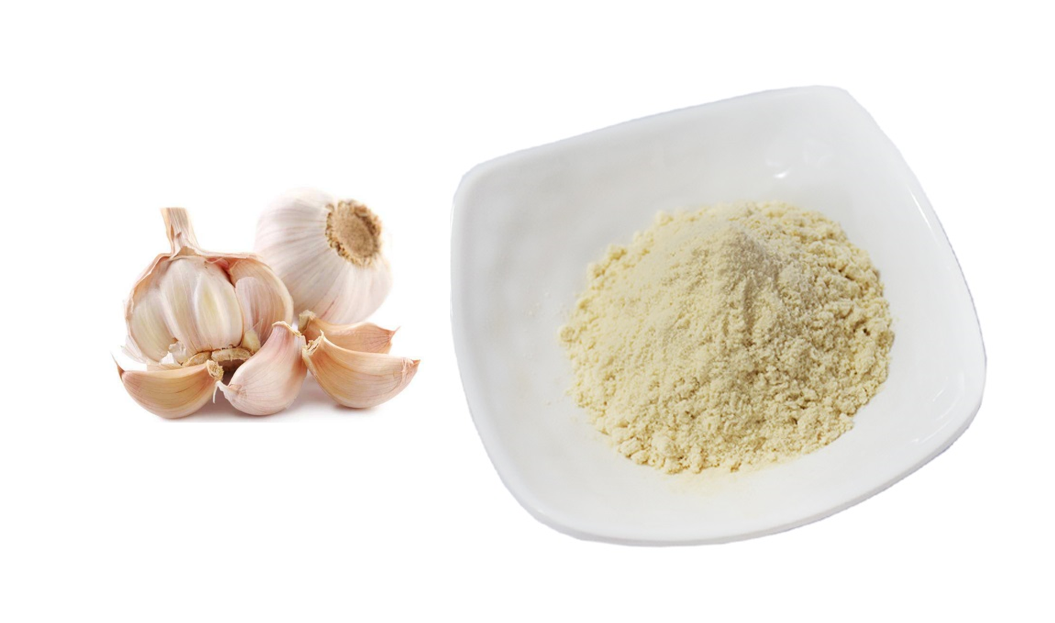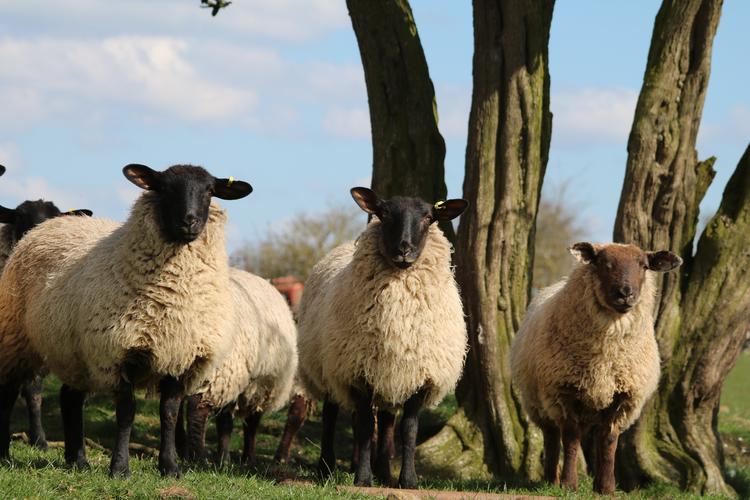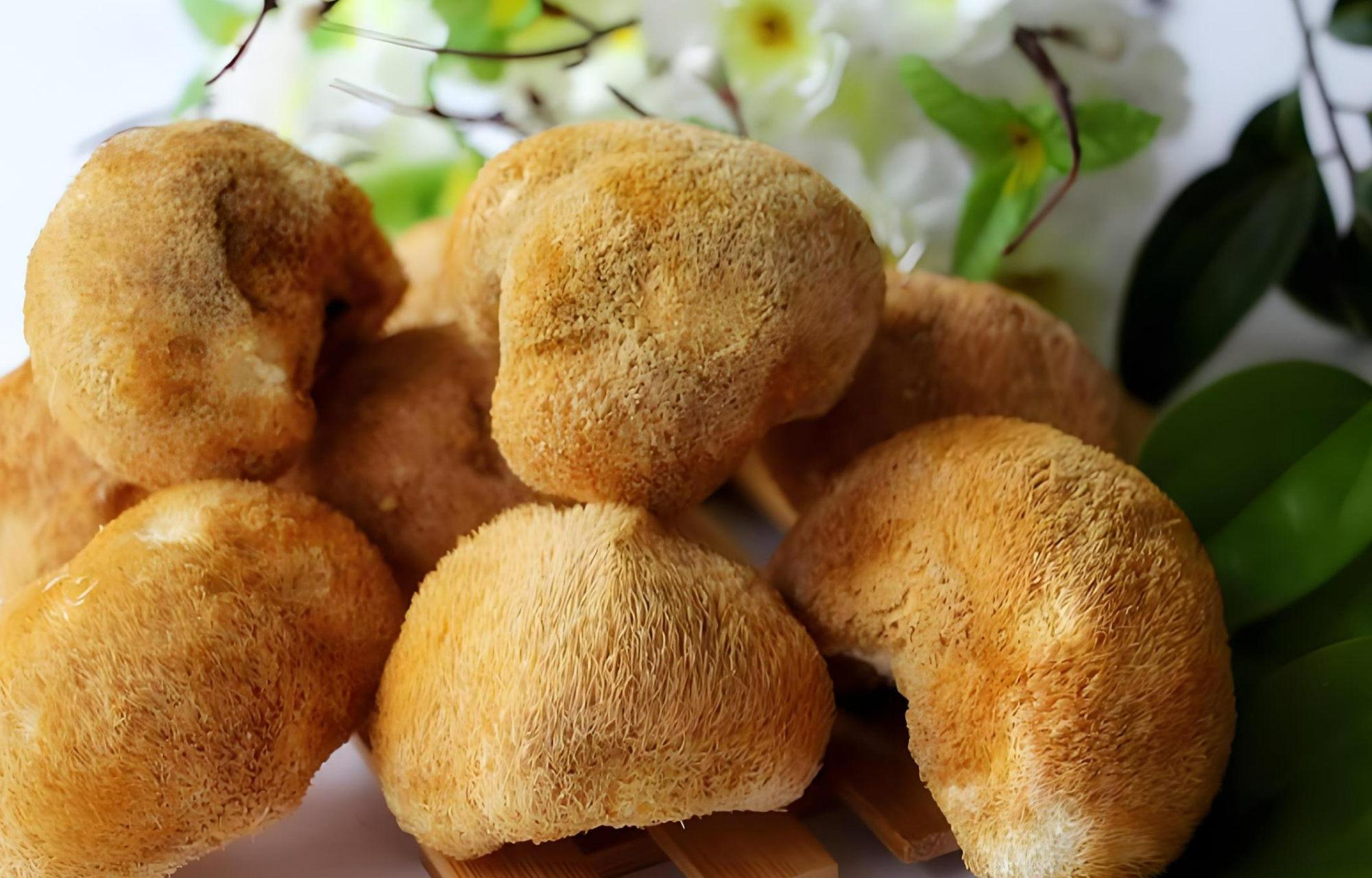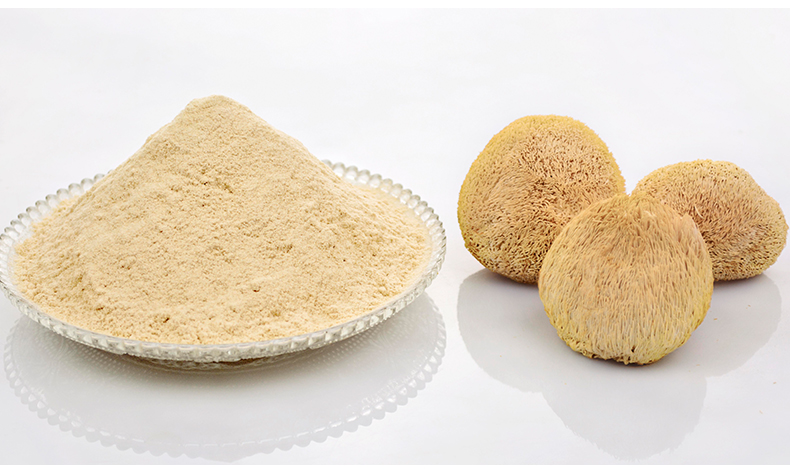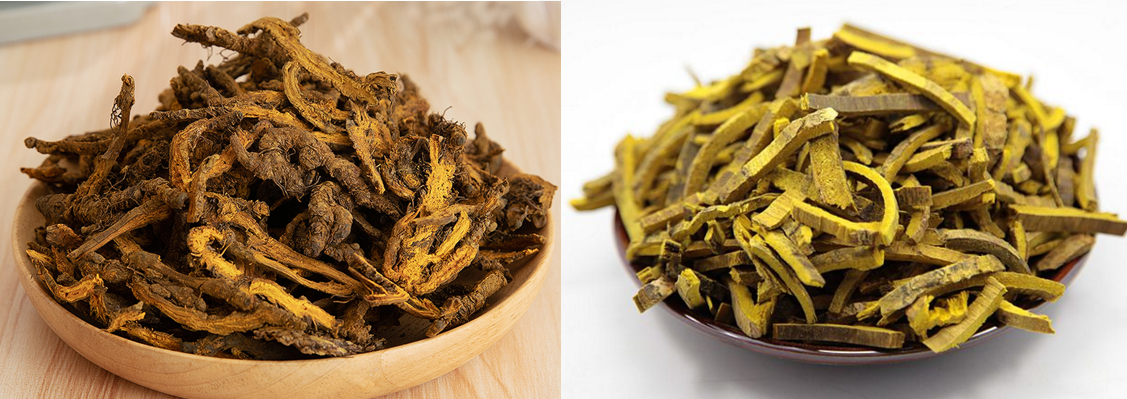Follow Us:
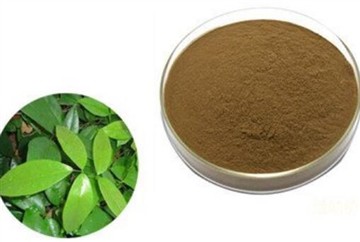
Rotenone:properties, Uses And Production Process
Rotenone:properties, uses and production process
Overview Rotenone (Rotenone) and rotenone-like compounds are extracted from plants such as Roten, Ashleaf, Symmeta, Caulis Spatholobus, Poison Bean and Butterfly Bean, which can inhibit nerves. Selective insecticidal active substances of tissue and muscle tissue, among which rotenone is the most toxic.
The resource of rotenone is very rich. So far, 68 kinds of leguminous plants have been found to contain rotenone, and there are more than 74 kinds of rotenone compounds. Rotenone plants are produced in the tropics and subtropics, and grow widely in Southeast Asia. In South my country, such as Guizhou Province, there are rich wild and planted rotenone resources.
Rotenone is unstable in nature and is prone to oxidative degradation and photolysis. Generally, its toxic components decompose in 5 to 6 days, but in sunny summer, it only takes 2 to 3 days. Rotenone is also easily degraded in soil and water. The half-life is only 1-3 days. Because rotenone has a short half-life, is easy to decompose, and does not pollute the environment, it is widely used in crop pest control and fish pond cleaning all over the world, and is regarded as a natural low-toxicity and high-efficiency insecticide. Physical and chemical properties The pure product is a colorless orthorhombic hexagonal flaky crystal. Decompose in case of light and air. Soluble in acetone, carbon tetrachloride, ethanol, acetic acid, chloroform, ether and other organic solvents, almost insoluble in water. Its solution is oxidized to yellow, orange to deep red when exposed to light, and crystals of dehydrorotenone and rotenedione can be precipitated. The relative density is 1.27. Melting point 165-166°C. Boiling point 210-220°C (0.67kPa), 185-186°C (twin crystal). Moderate toxicity, oral half-lethal dose for rats is 132mg/kg.
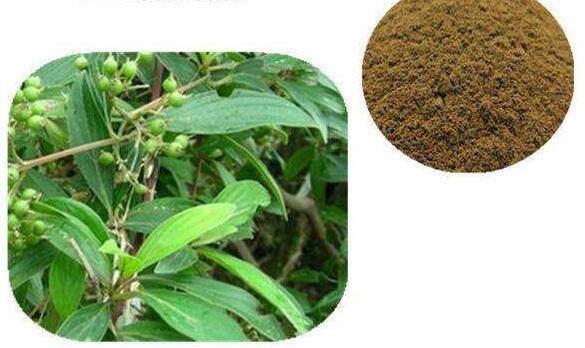
Rotenone is a mitochondrial inhibitor that can inhibit mitochondrial electron transfer. It is a commonly used insecticide. Rotenone enters the insect body and inhibits the mitochondrial respiratory chain, causing respiratory system disorders such as dyspnea and convulsions in pests, sluggishness, paralysis and death. Mechanism of action Early studies have shown that the mechanism of action of rotenone is mainly to affect the respiration of insects, and it mainly interacts with a certain component between NADH dehydrogenase and coenzyme Q. Rotenone inhibits the electron transport chain of pest cells, thereby reducing the ATP level in the organism, and finally makes the pests unable to obtain energy supply, and then slows down, paralyzes and dies.
Mitochondria, NADH dehydrogenase, succinate, mannitol, and other substances in many biological cells are somewhat sensitive to rotenone. Electron transfer from NADPH to NADH in Setayria cervi mitochondria is highly inhibited by rotenone. Also, the activity of the fumarate reductase system in the mitochondrial granules of the filarial parasite Setaria digitata is sensitive to rotenone. Rotenone and salicylhydroxamic acid can inhibit the electromotive force (EMT) of the inner mitochondrial membrane of Trypanosoma brucei brucei, thereby indirectly affecting the activity of NADH dehydrogenase; rotenone can also inhibit the transfer of NADH to cytochrome C and NADH to coenzyme Q reductase activity, the inhibition rate is as high as 80% to 90%. Rotenone can inhibit the synthesis of mannitol in Cryptococcusneoformans cells, which may affect the activity of mannitol synthase, thus indirectly affecting the organism. Application In recent years, the use of rotenone products has been increasing year by year.
Among these products, 2.5%, 7.5% rotenone EC, 3.5% hypertonic rotenone EC, 5% pyrethrin·rotenone EC (pyrethrin + rotenone), 18 % phoxim-rotenone EC (phoxim + rotenone) and 1.3% cyanogen-rotenone EC (fenvalerate + rotenone) are used to control aphids on cruciferous vegetables and tomatoes; 0.2% matrine water agent + 1.8% rotenone EC tank mix, 25% cyano deroten EC (trichlorfon + rotenone), 1.3% cyano deroten EC (fenvalerate + rotenone) and 2.5% cyano deroten EC (fenvalerate esters + rotenone) for the control of cabbage caterpillar (Pieris rapae), 7.5% cyano-rotenone EC (fenvalerate + rotenone) and 1.8% avi-rotenone EC (abamectin + rotenone) for the control of cabbage Moth (Plutella xylostella), 25% Aquamin Roten EC (Isocarbophos + Rotenone) for the control of Scale (Prontaspis yanonensis) on citrus, 21% Pythium Roten EC (Phoxim + Rotenone) Controls cotton bollworm (Heliothiszea ) on cotton. These products are mainly made of deer vine, most of which are compound products, and the control area reaches tens of millions of hectares. Studies have shown that rotenone mixed with other chemical or biological pesticides has high efficiency and low toxicity, which can effectively delay the resistance of pests, reduce environmental pollution, and stimulate plant growth without killing natural enemies, which is conducive to promoting ecological balance. Techniques for clearing ponds for cultured prawns 1. Use 4% rotenone EC to clear ponds for cultured prawns: Fish can be poisoned to death with 0.025mg/L rotenone, but shrimp can survive in 10mg/L rotenone solution. Rotenone is destructive to fish and other organisms in a large area, so it is suitable for clearing ponds for cultivating prawns and other shrimps. Generally, the water surface is 667m2 and the water depth is 1 meter. 1000ml of 4% rotenone EC can achieve the purpose of clearing ponds. Rotenone can also be used as a molluscicide and catch ornamental fish.
2. Catch ornamental fish: Many species of fish will quickly float to the surface in a solution with a lethal concentration of rotenone (0.025mg/L). These fish will immediately rejuvenate. Using this characteristic of rotenone, high-quality ornamental fish can be caught. This method is mainly used in some scientific researches.
3. 5-7% deer vine root powder Qingtang: 667m2 water surface 1 meter deep per cubic meter with 6-8 grams of root powder. Toxicity and Health Hazards Rotenone has strong neurotoxicity. Ingestion of large doses may lead to convulsions, coma, and heart, liver, kidney and other organ failure. Rotenone is moderately toxic and highly toxic to fish. The lethal dose of rotenone to humans is 3.6~20g.
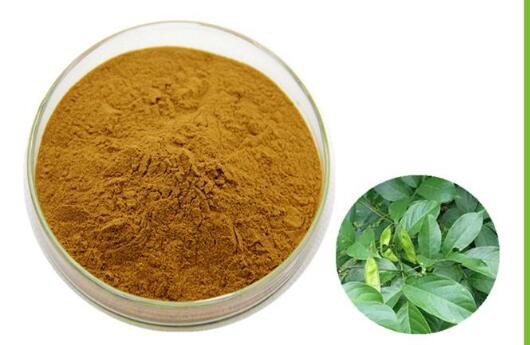
Therefore, users should use medicines scientifically and rationally, and do a good job of safety protection. In addition, a large number of medical studies have found that rotenone is cytotoxic and can inhibit the utilization of oxygen by the cellular respiratory chain; long-term low-dose injection can cause typical Lewy bodies in rat brain dopamine (DA) neurons, and Parkinsonian-like disease symptoms. Rotenone has poor stability and a short duration of action, so people have no chance to contact it for a long time. Note Rotenone can not be mixed with alkaline agents. This agent is highly toxic to livestock, fish and silkworms. When applying the drug, avoid drifting of the drug solution to nearby pools and mulberry trees. Liao A in Hongshui is easy to decompose and should be used as soon as it is prepared; it should be stored in a cool and dark place, avoid high temperature, exposure, and keep away from fire sources.
The safe harvest interval for cruciferous vegetables is 3 days. Uses It can be used as agricultural insecticide, and can also control human and animal ectoparasites and biochemical research. Use Mitochondrial Electron Transport Inhibitors Category Pesticide Toxicity Class Acute Toxicity Oral – Rat LD50: 60 mg/kg; Oral – Mouse LD50: 2.8 mg/kg Irritation Data Eyes – Rabbit 1% Slightly Flammable Hazardous Properties Combustible , Exhaust spicy and irritating smoke from the fire scene Storage and transportation characteristics The warehouse is ventilated, low-temperature and dry; store and transport fire extinguishing agents separately from food raw materials Dry powder, foam, sand and soil Occupational standard TLV-TWA 5 mg/m3; STEL 10 mg/m3













